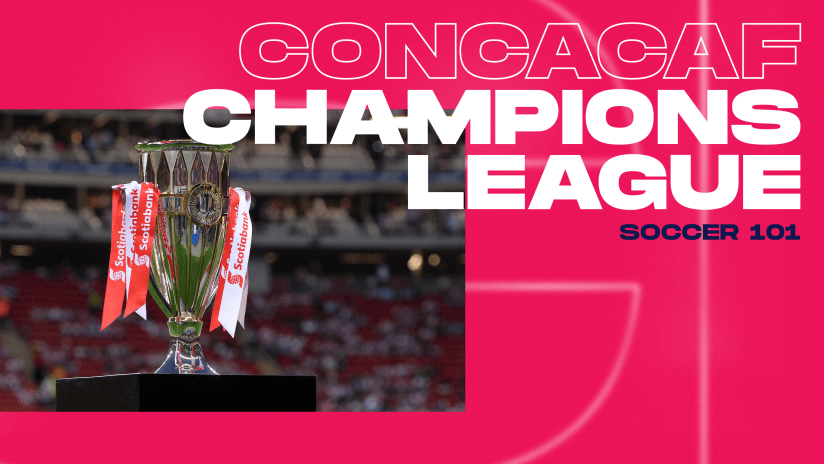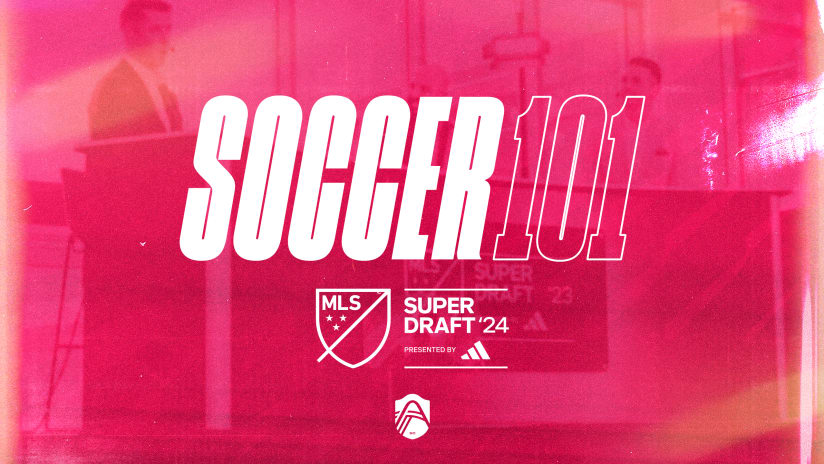Written by Zach Lowy | Co-founder & Lead Writer at BreakingTheLines.com
On April 27, 1895, English champions Sunderland and Scottish champions Hearts made history when they became the first two domestic champions to face off each other in an organized club match between two different leagues. It was Sunderland who emerged victorious, winning 5-3 in Edinburgh. Two years later, the Challenge Cup launched, a competition held between varying football clubs within the Austro-Hungarian empire, a region that today is composed of Austria, Hungary, Czech Republic, Slovakia, Slovenia, Bosnia, Croatia, as well as parts of Poland, Romania, Italy, Ukraine, Moldova, Serbia, and Montenegro. This domestic competition lasted until 1911.
From the Mitropa Cup in 1927 to the Coupe de Nations in 1930, various international club competitions began to sprout up in Europe over the first half of the 20th century. After receiving reports of the successful inaugural South American Championship of Champions in 1948, which saw various clubs such as Vasco de Gama and River Plate compete for supremacy, Gabriel Hanot, editor of French newspaper L’Équipe, began proposing the creation of a continent-wide tournament. In 1955, the European Champion Clubs’ Cup was conceived in Paris.
The first edition of this tournament, now known as the UEFA Champions League, took place during the 1955/56 season as 16 teams ranging from 16 different countries took part in the competition – Real Madrid ended up defeating Reims 4-3 at the Parc de Princes, marking an era of dominance that would see them win the first five tournaments. This dominance has continued over the next half-century, with Los Blancos’ 13 European Cups trouncing the second-most dominant winners, AC Milan with 7.
The success of the European Champion Clubs’ Cup sent shockwaves throughout the world and convinced other international footballing organizations to create their own tournaments. In 1960, CONMEBOL introduced the Copa Libertadores, a tournament that saw the champions of each South American domestic league compete for glory, with Uruguayan side Peñarol winning the first two editions. The Asian Football Confederation ushered in the AFC Champions League in 1967, while the African Cup of Champions Clubs, now known as the CAF Champions League, was introduced by the Confederation of African Football in 1964.
The Confederation of North, Central America and Caribbean Association Football (Concacaf) followed their footsteps by establishing the Concacaf Champions’ Cup in 1962. Initially created as a possible measure to enter the Copa Libertadores, the first tournament saw eight teams from seven different nations across Central America and the Caribbean Ocean compete, with Mexican side Chivas defeating Guatemalan side Comunicaciones in a two-legged final. From 1962 until 1995, the finalists would be decided by clubs who qualify via two separate brackets: a Caribbean Island qualifier and a Northern/Central American qualification competition. The tournament experienced a shift following the launch of Major League Soccer (MLS) in 1996, becoming a straight knockout competition before being modified in 2008 into a tournament with a group stage similar to the UEFA Champions League or Copa Libertadores.
Replacing the Champions’ Cup, the 2008/09 edition of the Concacaf Champions League saw 24 teams from 13 different nations compete in the revamped tournament, featuring 9 North American teams, including Houston Dynamo and D.C. United. Both Houston and D.C. automatically qualified after winning the MLS Cup and MLS Supporters’ Shield, respectively. Mexico and the United States were granted four berths apiece while Canadian side Montreal Impact also qualified. 12 teams from across Central America and three Caribbean teams also participated, with the two highest-ranking sides in four groups of four teams progressing into the knockout round following the preliminary qualifiers, and the final result saw Atlante defeat fellow Mexican side Cruz Azul 2-0.
Mexican teams have dominated the competition since its inception – racking up an astonishing 37 championships – the rest have a total of 21 titles combined. MLS teams, in contrast, have fared considerably worse, with D.C. United and L.A. Galaxy’s triumphs in 1998 and 2000, respectively, proving the only times that an American team has won the tournament.
One of the key differences between the UEFA Champions League and the Concacaf Champions League is that the previous year’s winner does not automatically qualify to the next edition. Atlante won the first tournament, but their poor league form saw them miss out on a place in 2009/10 as Toluca, Pumas, Cruz Azul, and Pachuca, the champions and runners-up of the 2008 Apertura and 2009 Clausura, qualified as the four Liga MX teams.
The 2012/13 tournament marked a change from previous tournaments, with the preliminary round being scrapped and all qualified teams entering the group stage. These 24 teams were drawn into eight groups of three, with each group containing one team from each of the three pots. In 2018, the tournament would change again to coincide with the launch of a new Concacaf club competition platform consisting of two tournaments – the Concacaf League and Concacaf Champions League.
The Concacaf League has served as the second-tier competition of Concacaf, similar to the UEFA Europa League or the Copa Sudamericana. Since 2019, the tournament has seen 22 teams participate, although the Concacaf League will end after this year’s edition as it looks to expand the Concacaf Champions League.
The 2021 Scotiabank Concacaf Champions League was delayed by nearly two months due to the COVID-19 pandemic, but it began in April with 16 teams competing in a knockout tournament, and eventually saw Monterrey defeat fellow Mexican giants América in the final on October 28 in front of a crowd of more than 40,000 people in Monterrey. One month prior, Concacaf announced new changes to its flagship tournament, with the modifications set to kick in during the spring of 2024. This new tournament will see an increase to 27 teams, with 22 teams playing each other in Round One and a further five teams earning a bye to the Round of 16 to join the first-round winners.
Round One will consist of: four MLS clubs, two Leagues Cup clubs (runner-up and third-place team), five Liga MX clubs, two Canadian Premier League clubs, the U.S. Open Cup winner, the Canadian Championship winner, five Central America Cup clubs (runner-up, two losing semi-finalists and two play-in winners) and two Caribbean Cup teams (second-place and third-place finishers). The teams that will earn a bye to the Round of 16: the winner of the MLS Cup, the winner of the Leagues Cup winner, the winner of Liga MX, the winner of the Central American Cup, and the winner of the Caribbean Cup. While each of the fixtures from Round of 16 all the way until the semifinals will feature a home-and-away series, the final will be a one-off match.
The Concacaf Champions League has been a cornerstone in American soccer for the past 60 years, and today, it’s more similar to the UEFA Champions League than ever before. Only time will tell, however, if these changes will see MLS clubs finally end their nightmares in Concacaf’s flagship international tournament.
Round of 16: February 15-24
Quarterfinals: March 8-10 (first legs) and March 15-17 (second legs)
Semifinals: April 5-7 (first legs) and April 12-14 (second legs)
Finals: April 26-28 (first leg) and May 3-5 (second leg)





